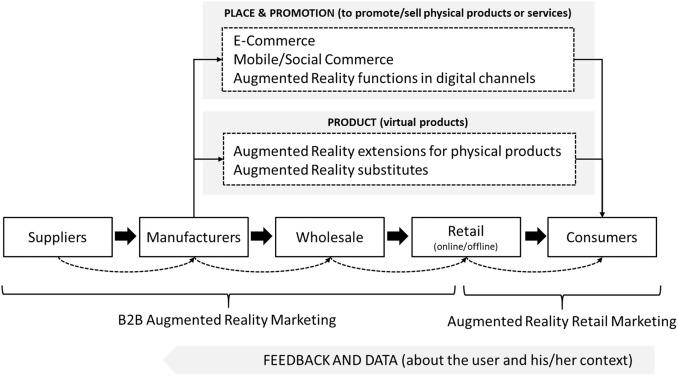Global Policies Shaping the Future of Education: Trends and Impacts Worldwide
Education is at a pivotal moment of conversion. Across continents, global education policies are redefining the shape, approach, and reach of learning in ways that are setting new benchmarks for progress and inclusivity. Today’s rapidly evolving landscape demands a forward-thinking approach—embracing digital learning, lifelong skill development, equity, and accessibility. In this comprehensive guide, we’ll explore the policies, trends, and impacts that are shaping the future of education on a global scale.
Understanding Global Education Policies
global education policies are frameworks and initiatives developed by international bodies, national governments, and regional authorities to address the critical needs of contemporary and future societies. These policies aim to:
- Ensure inclusive and equitable quality education for all
- Foster lifelong learning opportunities
- Adapt to technological advancements
- Build resilient, future-ready societies
- Promote cross-cultural understanding and global citizenship
Organizations like UNESCO, UNICEF, and the OECD play a major role in steering these agendas, alongside national and state governments who adapt and implement them for local impact.
Major Trends in Global Education Policy
1. Digital transformation in Classrooms
Following the COVID-19 pandemic, digital transformation in education has accelerated exponentially. Governments worldwide are prioritizing:
- Access to high-speed internet and affordable devices
- Integration of digital literacy and technology in curricula
- Remote and hybrid learning modalities
- Teacher training in digital environments
This shift is bridging geographical gaps and expanding educational opportunities for marginalized communities.
2. Emphasis on Lifelong Learning and Skills Development
Both developed and developing countries are introducing policies encouraging lifelong learning and future-proof skills. Key targets include:
- Vocational education and skills-based programs
- Collaboration with industries for updated curricula
- Recognition of informal and non-formal education
- Certifications for micro-credentials and online courses
3. Commitment to Equity and Inclusion
Equity remains at the heart of modern education policy. Global inclusivity policies focus on:
- Eliminating gender disparity in education
- Supporting children with disabilities
- Increasing investments in rural and underserved regions
- Providing free primary and secondary education
4. Sustainability and Global Citizenship Education (GCED)
The United Nations Enduring Development Goal 4 (SDG 4) lays out a vision for quality education that promotes sustainability, environmental awareness, and global citizenship.GCED policies educate students on responsible citizenship,human rights,climate action,and cultural diversity.
Case Studies: Successful Implementation Worldwide
Finland’s Innovative Approach
finland is renowned for its student-centric education policy. The national curriculum emphasizes collaborative learning, critical thinking, and teacher autonomy. Finnish schools minimize standardized testing while focusing on equality—public education is free, and extra support is provided for struggling students. Consequently,Finland consistently ranks high in global educational performance assessments.
Singapore’s SkillsFuture Initiative
Singapore’s SkillsFuture movement reflects a strong national commitment to upskilling and lifelong learning. Adults receive credits for further education or skills training,elevating workforce readiness and supporting national growth targets—even beyond formal schooling years.
Rwanda’s EdTech Transformation
Despite being a developing country, Rwanda has embraced EdTech policies to enhance digital literacy and inclusion. Through infrastructure investment and partnerships, students in remote or rural areas now access quality online learning. The initiative supports the government’s vision of becoming a technology-driven country by 2050.
Impacts of Global Education Policies
What outcomes are these global policies fostering? The impacts are far-reaching and measurable:
- Improved Literacy Rates: Universal primary education policies have dramatically increased literacy rates in low-income nations.
- Bridging the Digital Divide: Investments in digital tools and infrastructure are opening new learning avenues everywhere.
- Future-Ready Graduates: Policy-driven skills development is reducing workforce gaps and supporting innovation-based economies.
- Greater Social Cohesion: Education in global citizenship and cross-cultural exchanges enhances mutual understanding and peace.
- Adaptive and Flexible Learning Environments: Remote, hybrid, and personalized learning are becoming standard.
Benefits of Forward-Thinking Education Policy
- Economic Growth: A well-educated workforce drives productivity, innovation, and sustainable economic progress.
- Social Justice: Breaking barriers to education reduces poverty and promotes equality.
- Health Improvements: Educated populations practise better health and wellness, reducing the burden on public health systems.
- Environmental Sustainability: Green education policies and environmental curricula equip citizens to tackle climate challenges.
Practical Tips for Policy Stakeholders,Educators,and Families
- Stay Informed: Policymakers,teachers,and parents should follow international educational trends to adapt quickly.
- Embrace Technology: Use digital tools for both teaching and continuous teacher training.
- Advocate Inclusivity: Push for curriculum and infrastructure that support diverse learning needs.
- build Partnerships: collaborate across sectors—government, private, non-profit—to amplify policy impact.
- Promote Lifelong Learning Among Students: Encourage curiosity, versatility, and resilience from a young age.
How to Be Part of the Change: First-Hand Perspectives
Many educators and students worldwide are already experiencing the benefits of these evolving policies. As one teacher from Kenya shared:
“Access to digital resources and government-supported teacher training has transformed my classroom. My students are more engaged and better prepared for the future workforce.”
Parents in Germany applaud the move towards more diverse and creative curricula, while students in Brazil report greater access to university education thanks to equitable scholarship policies. Such firsthand accounts reveal the real-life successes— and ongoing challenges—of global policy implementation.
Conclusion: Shaping the Future, Together
As we look ahead, global education policies will continue to play a defining role in how societies learn, grow, and build a sustainable future. By embracing innovation, promoting inclusivity, and staying committed to lifelong learning, stakeholders at every level can contribute to a brighter, more connected world. Whether you’re a teacher, learner, policymaker, or parent, your participation in these transformative efforts is essential. Together, we can ensure the future of education is equitable, empowering, and equipped for the challenges and opportunities of tomorrow.
If you found this article insightful, share it with your community or subscribe to our newsletter for the latest updates in global education policy and innovation.

